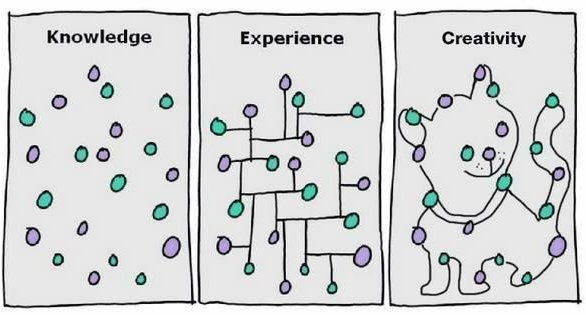Digital transformation is the process of adopting and integrating digital technologies into various aspects of an organization to improve efficiency, effectiveness, and overall performance. Here are the general steps for a successful digital transformation:
Define the Vision and Strategy
- Identify the overarching goals and objectives of the digital transformation.
- Determine how digital technologies can align with and support the organization's strategic vision.
- Set specific targets and milestones for the transformation process.
Assess the Current State
- Evaluate the existing infrastructure, systems, and processes within the organization.
- Identify strengths, weaknesses, opportunities, and potential barriers to digital transformation.
- Conduct a thorough analysis of customer needs, expectations, and pain points.
Build a Cross-Functional Team
- Assemble a team comprising individuals from various departments or disciplines.
- Include representatives from IT, operations, marketing, finance, and other relevant areas.
- Ensure the team has a mix of technical expertise, business acumen, and leadership skills.
Develop a Roadmap
- Create a comprehensive plan that outlines the digital transformation journey.
- Prioritize initiatives based on their potential impact and feasibility.
- Define the timeline, resource allocation, and dependencies for each initiative.
Enhance Digital Skills and Capabilities
- Assess the skills and competencies required for successful digital transformation.
- Provide training and development opportunities to upskill employees.
- Foster a culture of continuous learning and innovation within the organization.
Embrace Agile Methodologies
- Implement agile project management methodologies to enable flexibility and adaptability.
- Break down the transformation roadmap into smaller, manageable projects or sprints.
- Regularly review and adjust the plan based on feedback and emerging trends.
Focus on Customer Experience
- Place the customer at the center of the digital transformation efforts.
- Identify opportunities to improve customer interactions, engagement, and satisfaction.
- Leverage data and analytics to gain insights into customer preferences and behavior.
Implement and Integrate Technologies
- Select and implement appropriate digital technologies based on the organization's needs.
- Integrate various systems and platforms to enable data sharing and seamless processes.
- Ensure proper cybersecurity measures are in place to protect digital assets.
Monitor and Measure Progress
- Establish key performance indicators (KPIs) to track the success of the digital transformation.
- Regularly monitor and measure the progress against the defined targets and milestones.
- Use analytics and data-driven insights to identify areas for improvement.
Foster a Culture of Innovation
- Encourage a mindset of experimentation, risk-taking, and continuous improvement.
- Recognize and reward innovative ideas and initiatives.
- Promote collaboration and cross-functional communication to drive innovation.
Adapt and Evolve
- Understand that digital transformation is an ongoing process, not a one-time project.
- Stay updated with emerging technologies and industry trends.
- Adapt and adjust the transformation strategy as the organization evolves.
Every organization's digital transformation roadmap is unique, and these steps provide a general framework. It's important to tailor the process to your organization's specific needs, resources, and industry dynamics.

Remember, digital transformation is a journey, and it requires perseverance, adaptability, and a willingness to embrace change.